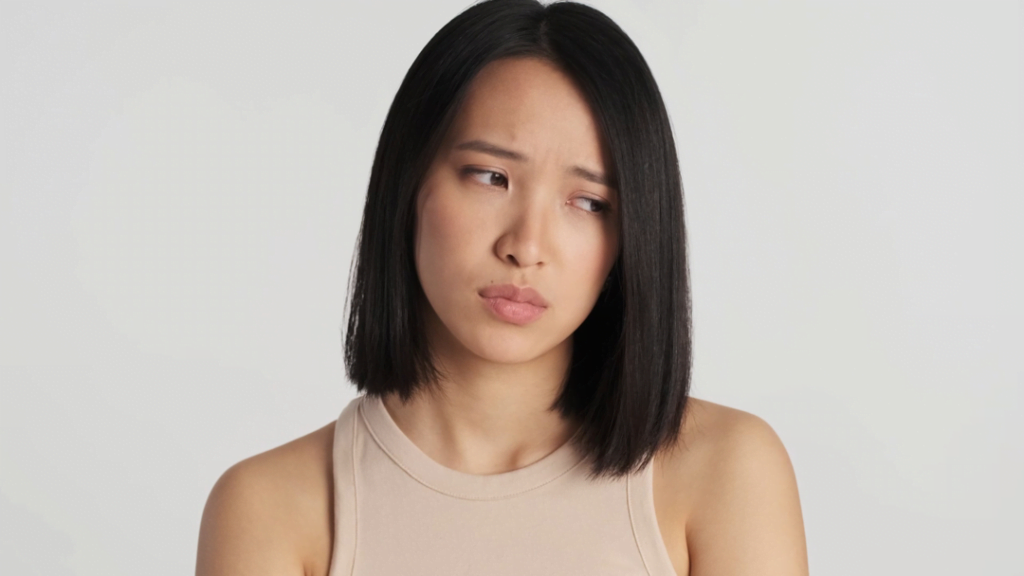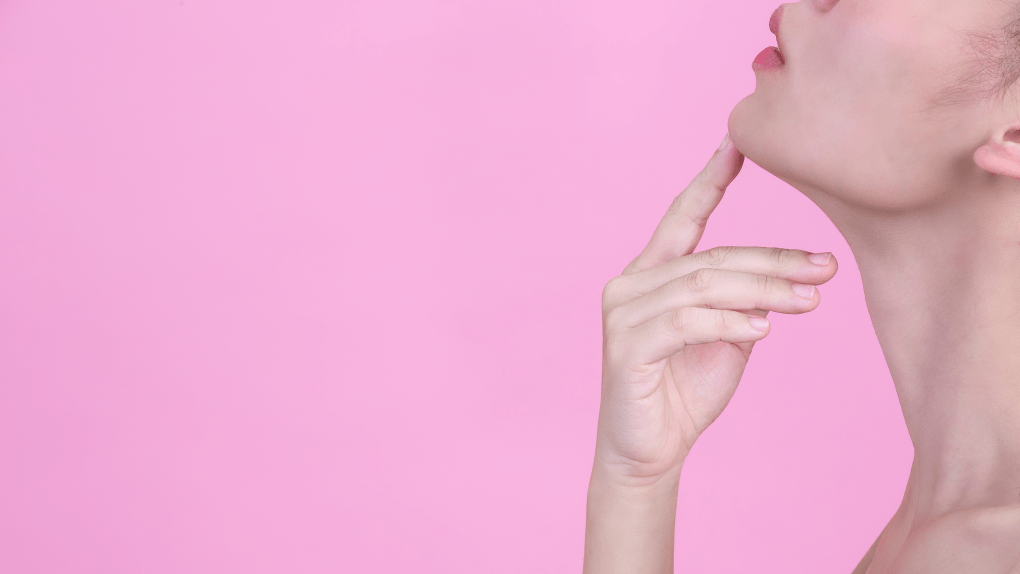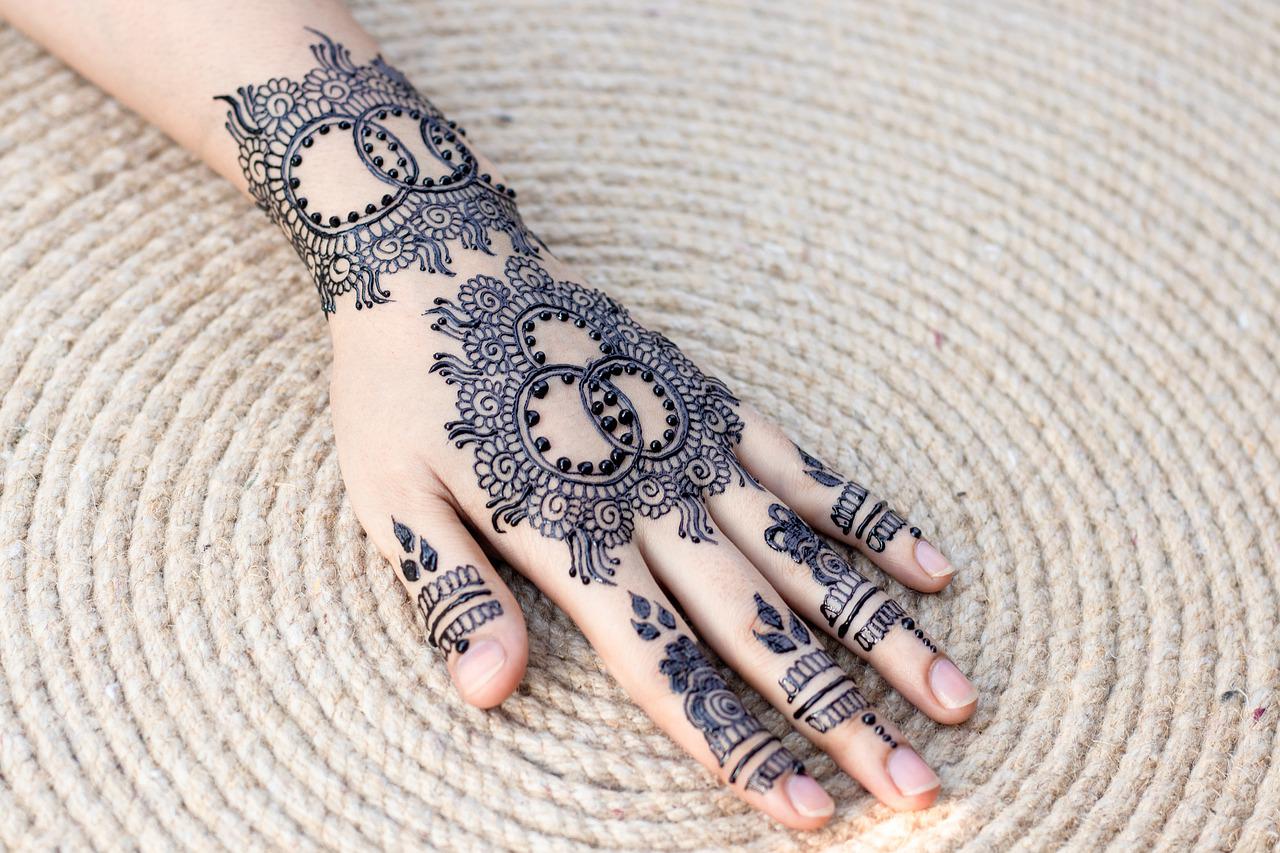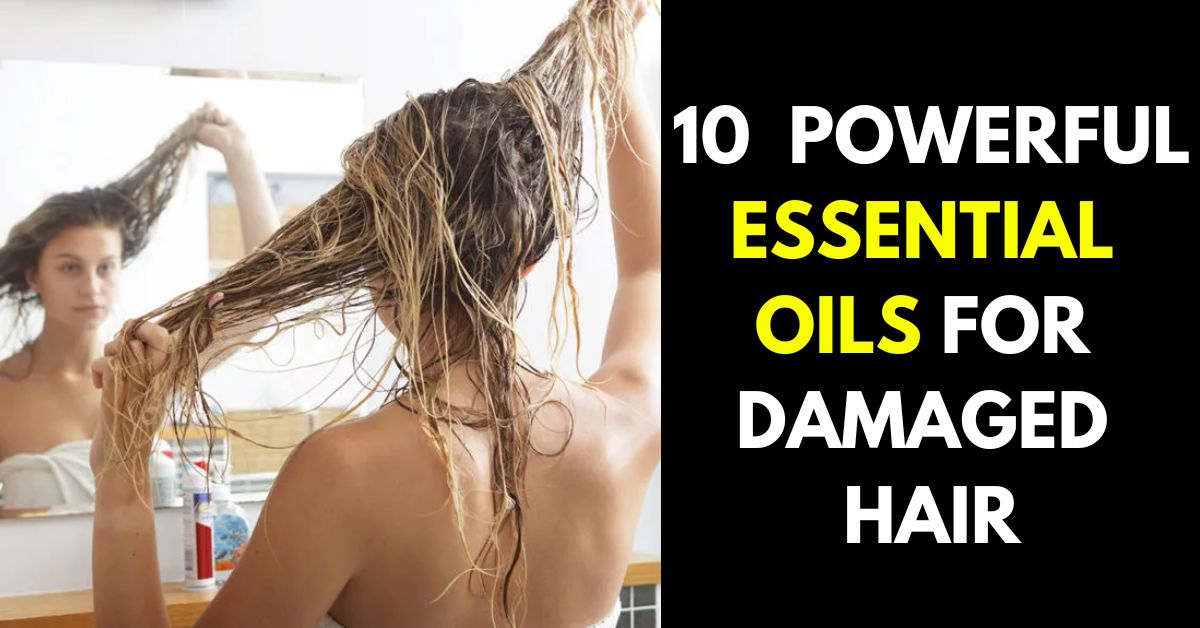
Chin hair, also known as hirsutism, is a common condition that can cause embarrassment and discomfort for many individuals, particularly women. Various factors, such as hormonal imbalances, genetics, or stress, can cause this hair. Although it is normal for both men and women to have facial hair, excessive growth or visible chin hair can be bothersome and affect self-esteem.
While some women may cover up their hair with makeup, others prefer to take more permanent measures to get rid of chin hair. Fortunately, several effective and reliable hair removal methods are available to address this problem.
In this blog, we will explore the causes of chin hair and delve into five proven chin hair removal methods. Each will be explained in detail, highlighting what makes them practical solutions to remove unwanted hair, thereby achieving a smooth and hair-free chin.
What Causes Chin Hair?
Chin hair can be attributed to various underlying factors. These causes range from hormonal imbalances and certain medical conditions to external influences such as medications and stress.
Understanding the underlying cause of chin hair is crucial in determining the most suitable hair removal methods, including depilatory creams, at-home laser hair removal, waxing, or other facial hair removal methods. Here are the top major causes of chin hair growth:
1. Hormonal Imbalances
Hormones are crucial in regulating various bodily functions, including hair growth. An imbalance in hormone levels, particularly an increase in androgens (male hormones), can trigger excessive facial hair growth, including on the chin.
Androgens stimulate the growth of terminal hair, which is coarser and darker than vellus hair, the fine, nearly invisible hair commonly found on the face. When hormonal imbalances disrupt the delicate equilibrium of androgens and other hormones, it can lead to the development of chin hair in women.
2. Polycystic Ovary Syndrome (PCOS)
PCOS is a hormonal disorder that affects women of reproductive age. It is characterized by the overproduction of androgens, leading to various symptoms, including irregular menstrual cycles, ovarian cysts, and excessive facial hair growth. The elevated androgen levels in PCOS can cause hair to grow in areas typically associated with male-pattern hair growth, such as the chin, upper lip, and cheeks.
3. Genetics
Genetics plays a significant role in determining an individual’s hair growth patterns. Some women may have a genetic predisposition to develop chin hair due to inherited characteristics from their parents or ancestors. Certain ethnic backgrounds are more prone to facial hair growth than others due to their genetic makeup.
4. Medications
Certain medications, particularly those containing hormones or steroids, can influence hair growth patterns. For instance, some medications used in hormone replacement therapy or to manage certain health conditions may inadvertently trigger unwanted facial hair growth, including on the chin. In some cases, medications containing corticosteroids, often prescribed to manage inflammatory conditions, can also impact hair growth. Prolonged use of corticosteroids may lead to excessive facial hair growth.
5. Stress
Chronic stress can lead to hormonal fluctuations within the body, affecting the delicate balance of hormones responsible for hair growth. Prolonged periods of stress may cause an increase in androgens, leading to the development of chin hair in women who may not have experienced it before.
It is important to note that consulting a healthcare professional or dermatologist is recommended for a comprehensive evaluation and appropriate diagnosis.
Is Chin Hair Growth in Women Normal?
It is essential to understand that all individuals, regardless of gender, have vellus hair, which is the fine, nearly invisible hair covering most of the body. Chin hair is a type of vellus hair that exists in both men and women. Therefore, chin hair is normal in women and is considered a natural occurrence.
Hormones play a significant role in determining the growth and distribution of hair in the body. Women have small amounts of androgens, commonly associated with male traits, but the levels are typically much lower than in men. However, at certain stages of life, such as during puberty, pregnancy, or conditions like polycystic ovary syndrome (PCOS), some women may experience an increase in androgen levels, which can lead to the growth of coarser and more noticeable terminal hairs, including on the chin.
While chin hair growth is normal, excessive or unwanted chin hair may cause cosmetic concerns for some individuals. Fortunately, various hair removal methods are available, both temporary and more long-lasting, to manage unwanted chin hair and achieve a smooth and desired appearance. Consulting with a healthcare professional or dermatologist can provide personalized advice on the most suitable hair removal options based on individual needs and preferences.
Top 5 Home Remedies to Remove Chin Hair

While professional treatments like laser hair removal or electrolysis effectively remove chin hair, they can be expensive and time-consuming. Fortunately, several home remedies can help reduce and remove chin hair naturally, providing a more affordable and accessible solution. It’s important to note that the effectiveness of these remedies may vary depending on the individual and their specific circumstances.
Here are the top 5 recommended home remedies to help remove chin hair:
1. Turmeric and Milk Paste
Turmeric is well-known for its anti-inflammatory and antibacterial properties that help weaken hair follicles and reduce chin hair growth over time. On the other hand, milk helps to remove dead skin cells and can weaken the hair shaft, making removing fine vellus hairs from the chin easier.
To make a paste, combine one tablespoon of turmeric powder with enough milk to form a thick paste. Apply this mixture to your chin and allow it to dry for about 20 minutes. Gently rub off the paste using circular motions, and rinse your skin with warm water. Repeat this process a few times a week for best results.
2. Papaya and Turmeric Mask
Papaya contains an enzyme called papain, which can help break down hair follicles and reduce hair growth over time. Combined with turmeric, known for its anti-inflammatory and anti-bacterial properties, it can create a powerful mask for the chin.
To apply the mask, mix mashed ripe papaya with a pinch of turmeric to form a paste. Gently massage the paste onto the chin area and leave it on for 15-20 minutes before rinsing off. Over time, the mask may weaken hair follicles and inhibit hair growth, making the chin appear smoother and less affected by unwanted hair.
3. Spearmint Tea
Hormonal imbalances often contribute to excessive hair growth. Spearmint tea has been studied for its potential anti-androgenic effects, which may help balance or reduce the production of hormone levels responsible for hair growth. Drink one to two cups of spearmint tea every day for a few months to see a decrease in chin hair growth.
4. Sugar Waxing
Sugar waxing is a natural alternative to traditional waxing methods, utilizing a mix of sugar, lemon juice, and water. To make sugar wax at home, combine two cups of sugar, ¼ cup of lemon juice, and ¼ cup of water in a saucepan. Heat the mixture over low-medium heat until it forms a thick, amber-colored paste. Allow it to cool slightly before applying it to your chin in the direction of hair growth. Press a cloth strip on top of the wax firmly and quickly pull it in the opposite direction of hair growth. Repeat as necessary to remove all unwanted hair.
5. Egg Whites and Cornstarch Mask
Egg whites are rich in proteins that help tighten and firm the skin, while cornstarch helps exfoliate it. Create a mask by combining one egg white with one tablespoon of cornstarch, stirring until you form a smooth paste. Apply the mask to your chin and allow it to dry completely. Once dry, gently remove the mask and rinse your face with warm water. Repeat this treatment twice a week for a few weeks.
It is important to note that while these home remedies may help reduce the appearance of chin hair, they typically provide only temporary results compared to professional hair removal methods. Individual results may vary, and some home remedies may cause skin irritation in sensitive individuals.
So before using any of these remedies, it is advisable to do a patch test and discontinue if any adverse reactions occur. Consulting a dermatologist or licensed professional for chin hair removal is recommended for more significant and long-lasting results.
Other Proven Effective Ways to Get Rid of Chin Hair

Shaving
Shaving is a popular and accessible method for eliminating chin hair. Contrary to a common misconception, shaving does not cause hair to grow back thicker or darker. Instead, it merely cuts the hair at the skin’s surface without affecting the hair follicle or its growth cycle. Shaving is a convenient option for quick hair removal and can be easily incorporated into one’s regular grooming routine.
For optimal results, use a clean and sharp razor, and apply a gentle shaving cream or gel to prevent skin irritation. Shave in the direction of hair growth to achieve a smooth finish, and moisturize your skin afterward to maintain suppleness. It’s important to note that shaving does not permanently remove the hair follicle. Thus, it keeps new hair from growing back quickly, usually within a day or two. Shaving can also cause skin irritation, razor burn, and ingrown hairs.
Waxing
Waxing is a semi-permanent method for removing chin hair. Warm wax is applied to the skin and removed quickly, taking the hair with it. Waxing can be done at home or by a professional and can last up to four weeks before the hair starts to grow back. When done correctly, it offers a longer-lasting solution than shaving, as it removes hair from the root. This results in a smoother skin surface and slower hair regrowth.
So whether using traditional wax strips at home or seeking professional waxing services, this method effectively manages chin hair growth. And although waxing may cause momentary discomfort during hair removal, many find the results well worth it. Conducting a patch test before waxing your chin is crucial to avoid adverse reactions, especially for sensitive skin.
Plucking
Plucking is a precise hair removal method involving tweezers to remove individual hairs from the root. This method can be used to shape the hairline or to remove a few stray hairs. It also often targets specific unwanted chin hairs, especially dark or coarse hair, sparse chin hair, or occasional stray hairs. However, it may not be the most practical solution for larger areas with dense hair growth. Also, plucking can cause momentary discomfort like waxing, but the results can last longer than shaving. Over-plucking can even lead to scarring or ingrown hairs.
Laser Hair Removal
Laser hair removal is highly effective and offers a long-lasting solution for individuals seeking a more permanent solution to chin hair removal. The process involves using targeted laser energy to damage the hair follicles, inhibiting future hair growth. The pigment in the hair absorbs the laser light, which heats up and damages the follicle, preventing new hair growth.
Laser hair removal requires several treatments to achieve optimal results and is best performed by a professional. While multiple sessions may be required to achieve optimal results, many individuals find laser hair removal a game-changer in their battle against unwanted chin hair.
To ensure a safe and successful hair removal process, it’s essential to consult a licensed professional with experience in laser hair removal treatments. Additionally, note that this can be expensive and cause skin irritation or pigmentation changes in some people.
Depilation Creams
Depilation creams, also known as hair removal creams, offer a painless and relatively quick way to remove chin hair. If you’re looking for an alternative to shaving or waxing for chin hair removal, depilation creams could be a good option. These creams can last longer than shaving and are often more affordable than waxing.
Depilation creams contain ingredients such as sodium, titanium dioxide, and barium sulfide, which work to break down the proteins in the hair, making it easy to dissolve and wash away. Although these ingredients are usually safe, skin reactions are possible.
If you’re trying depilation cream for the first time, it’s important to perform a patch test by applying a small amount of the cream to a small area of your skin. If you experience redness, bumps, or itching, this could be a sign of a reaction, and you should avoid using the cream. After waiting at least 24 hours, you can use the cream on larger face areas.
Here’s a simple guide on how to use depilation cream for chin hair removal:
- Apply a generous layer of cream over your unwanted chin hair.
- Leave the cream on your skin for about 5 to 10 minutes.
- Gently wipe off the cream using a damp cloth to remove unwanted hair.
- Rinse your face with water and pat dry.
Frequently Asked Questions
Q: What causes unwanted chin hair in women?
A: Unwanted chin hair in women can be caused by hormonal imbalances, genetics, certain medications, and conditions like polycystic ovary syndrome (PCOS).
Q: Will chin hair grow back thicker if I shave it?
A: Shaving chin hair does not make it grow back thicker. This is a common myth. Shaving only cuts the hair at the surface and does not affect the hair follicle or its growth.
Q: Is laser hair removal safe for chin hair removal?
A: Laser hair removal is generally safe and effective for chin hair removal. It targets the hair follicles and can provide a long-term reduction in hair growth.
Q: How long does laser hair removal last for chin hair?
A: The duration of laser hair removal results for chin hair can vary depending on factors such as hair type, skin type, and individual response to treatment. Generally, multiple sessions are required for optimal results.
Q: Does waxing hurt for chin hair removal?
A: Waxing for chin hair removal can cause some discomfort, but pain intensity varies from person to person. Applying a numbing cream before waxing can help minimize any discomfort.
Q: Can I use depilatory creams for chin hair removal?
A: Yes, depilatory creams can be used for chin hair removal. These creams contain chemicals that break down the hair, making it easier to wipe away. However, following the instructions and doing a patch test before applying the cream to the chin area is crucial.
Q: How often must I shave or wax my chin hair?
A: The frequency of shaving or waxing chin hair depends on the individual’s hair growth rate. Shaving or waxing every 2-4 weeks is recommended to maintain smooth skin.
Q: Are there any natural remedies for preventing chin hair growth?
A: While no natural remedy can completely prevent chin hair growth, some methods like turmeric paste, sugar and lemon mixture, and spearmint tea have been suggested to have mild inhibitory effects on hair growth.
Q: Is it safe to remove chin hair during pregnancy?
A: It is generally safe to remove chin hair during pregnancy. However, consulting with a healthcare professional before undergoing any hair removal method, especially if using chemical-based products or undergoing laser treatments, is advisable.
Conclusion
In conclusion, embarrassing chin hair can be effectively managed with various hair removal methods. Understanding the causes of chin hair growth and the differences between each removal method can help you decide which solution best suits your needs.
Whether you prefer the temporary convenience of shaving or seek a more long-lasting solution like laser hair removal, there are effective ways to remove unwanted chin hair and achieve a smooth and hair-free chin.
For more permanent results, consult with professionals for laser hair removal treatments. They can provide personalized advice and recommendations based on your needs and medical history. Only then can you embrace your confidence and say goodbye to unwanted chin hair using reliable and effective hair removal methods.
For more valuable content like this, join our community at the Family Hint today!





